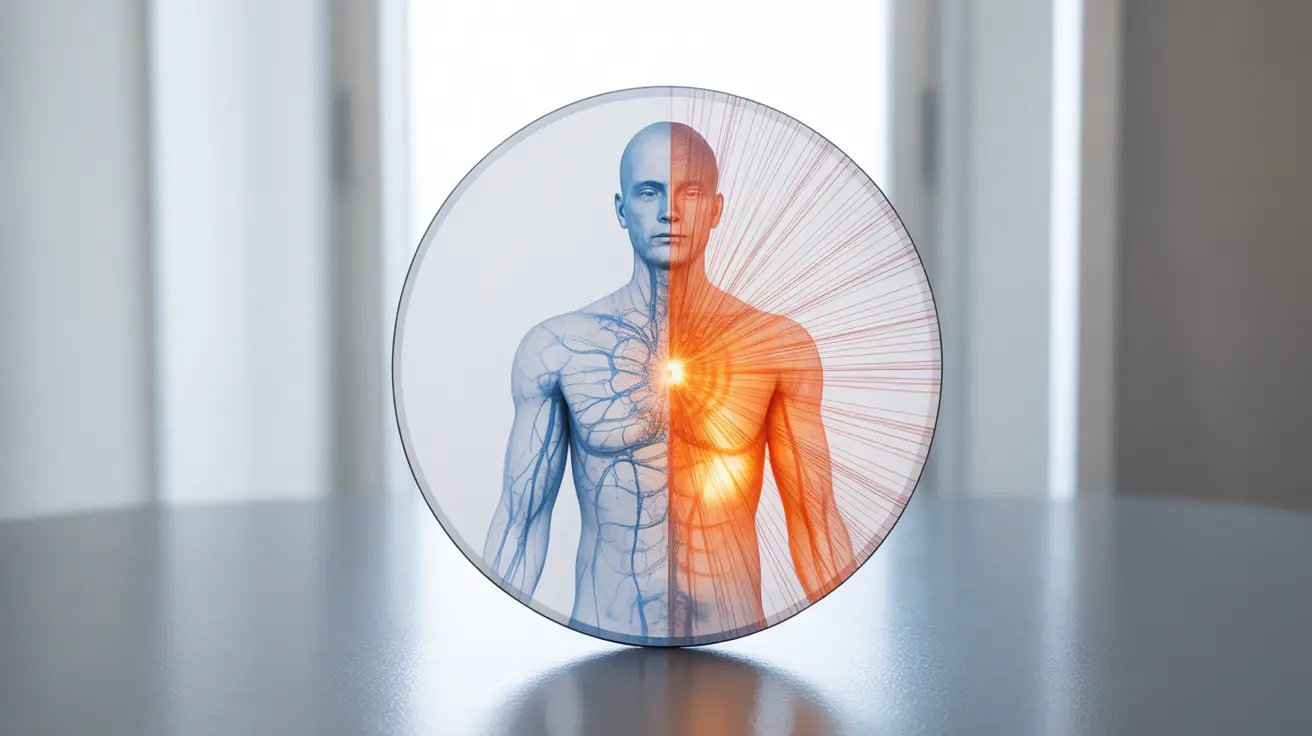When facing a cancer diagnosis, understanding the differences between chemotherapy and radiation therapy is crucial for patients and their families. These two primary cancer treatments work in distinctly different ways to fight cancer cells, and each has its own set of benefits, limitations, and side effects. This comprehensive guide will help you understand how these treatments compare and when each might be most appropriate.
How Chemotherapy and Radiation Therapy Work
While both treatments target cancer cells, they employ fundamentally different approaches. Chemotherapy uses powerful drugs that circulate throughout the entire body to kill rapidly dividing cells, including cancer cells. Radiation therapy, on the other hand, uses high-energy beams to target specific areas where cancer cells are located, damaging their DNA and preventing them from reproducing.
Treatment Delivery Methods
Chemotherapy Administration
Chemotherapy can be administered through several methods:
- Intravenous (IV) infusion
- Oral medications (pills or liquids)
- Injections
- Topical applications
- Port catheter systems
Radiation Therapy Techniques
Radiation therapy is typically delivered in two main ways:
- External beam radiation (delivered from outside the body)
- Internal radiation (brachytherapy, where radioactive material is placed inside the body)
Comparing Side Effects
Chemotherapy Side Effects
Because chemotherapy affects the entire body, its side effects can be more widespread:
- Hair loss
- Nausea and vomiting
- Fatigue
- Decreased blood cell counts
- Increased risk of infection
- Appetite changes
- Memory problems ("chemo brain")
Radiation Side Effects
Radiation therapy typically causes more localized side effects:
- Skin changes at the treatment site
- Localized fatigue
- Specific organ effects depending on the treatment area
- Temporary inflammation
Treatment Duration and Frequency
Chemotherapy is typically administered in cycles, with treatment periods followed by rest periods to allow the body to recover. These cycles may last several months. Radiation therapy usually involves daily treatments over several weeks, with each session lasting only a few minutes.
Combining Treatments
Many cancer treatment plans incorporate both chemotherapy and radiation therapy, known as combination therapy. This approach can be more effective for certain types of cancer, as each treatment method targets cancer cells in different ways. The timing and sequence of these treatments are carefully planned to maximize their effectiveness while managing side effects.
Frequently Asked Questions
What are the main differences between chemotherapy and radiation therapy in cancer treatment? Chemotherapy uses drugs to kill cancer cells throughout the body, while radiation therapy uses high-energy beams to target specific areas where cancer is located. Chemotherapy is systemic (whole-body) treatment, whereas radiation is typically localized to specific areas.
How do the side effects of chemotherapy compare to those of radiation therapy? Chemotherapy typically causes more widespread side effects like hair loss, nausea, and fatigue because it affects the entire body. Radiation therapy usually causes more localized side effects, primarily affecting the treatment area, such as skin changes and specific organ effects.
When is chemotherapy preferred over radiation therapy for treating cancer? Chemotherapy is often preferred for cancers that have spread to multiple areas of the body, blood cancers, or when there's a risk of cancer cells circulating in the bloodstream. It's also commonly used when cancer needs to be treated throughout the entire body rather than in just one location.
Can chemotherapy and radiation therapy be used together, and what are the benefits? Yes, these treatments can be used together, often providing better outcomes than either treatment alone. The combination can be particularly effective when treating aggressive cancers or when trying to prevent cancer recurrence. The timing of combined treatments is carefully planned to maximize effectiveness while managing side effects.
How do chemotherapy and radiation therapy affect patients' quality of life during treatment? Both treatments can impact quality of life, but in different ways. Chemotherapy may cause more systemic effects that affect daily activities, while radiation therapy's effects are usually more localized. Support systems, side effect management, and regular communication with healthcare providers are essential for maintaining quality of life during either treatment.




